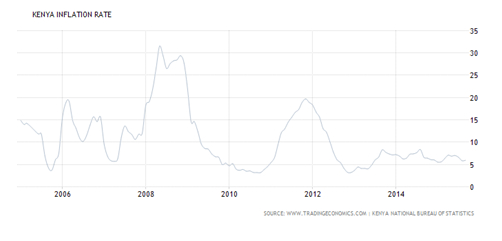Financial plan
According to the plan, in the next few years new greenhouses will be built at the JOOUST University. The new greenhouses will be used by farmers, who can save up money after they start producing and selling their yield. After four years they will have enough money to buy their own greenhouse. The farmers will pay for the maintenance of the greenhouses they are using. According to our plan, they also need to pay for the fertilizers, seeds and soil. There are some problems that need to be investigated in Kenya. The unexpected inflation rates make it difficult and unattractive for the farmers to save up money in Kenya. Another topic that needs to be investigated, which is not really a problem, but can only be done in Kenya, is the question whether the farmers need to save up for a water supply system as well when they buy their own greenhouse, or if the water supply system they got at home is already sufficient.
Organizational plan
S4S will built the greenhouses and the University will supply property to do so. The most important question that is raised while thinking about a sustainable plan is who will be responsible for the project once we leave? That question needs to be answered in the next few months. In the first few years the TU Delft students will work together on the project with the students and the professors of the University. In our plan professor Andika, the professor of Agriculture, who’s only interest is to have access to greenhouses, and some of his students seem to be good candidates. They also can take care of the maintenance of the greenhouses. Then the farmers need to be persuaded to start greenhouse farming. This will be done by showing them how it works during the course. Once the farmers start to produce yield, the plan can succeed by following the sales plan and the saving plan.
Sales plan
One other aspect that is and still needs to be investigated on site is how to generate revenue from the yield. At the moment many local farmers sell their products on the side of the roads. To make greenhouse farming at the University more attractive for the farmers, our team wants to explore the market in a better way. It could be more profitable for example to sell all the combined yield to supermarkets and restaurants in the nearest town or to the University and by this way creating certainty for the farmers that they can always sell their yield. Only if we can find a proper way to sell the farmers products, the project can be successful.
Saving plan
The last aspect that needs to get some attention is the fact that the farmers need to have money to buy their own greenhouse after a few years. A saving plan needs to be made. We have to do research on this plan, and figure out the best way to make the farmers buy their own greenhouse. The easiest way to let the farmers save the money is by depositing it on a bank. However it might be financially attractive to invest some of the savings into low-risk value fixed investments because this will mitigate the depreciation of the farmer’s savings over time. However, it is really hard to determine what kinds of investments could be proper for this project. Next to this, micro-financing can be a solution. When our team is situated in Kenya, we will try to determine if such investments exist.
